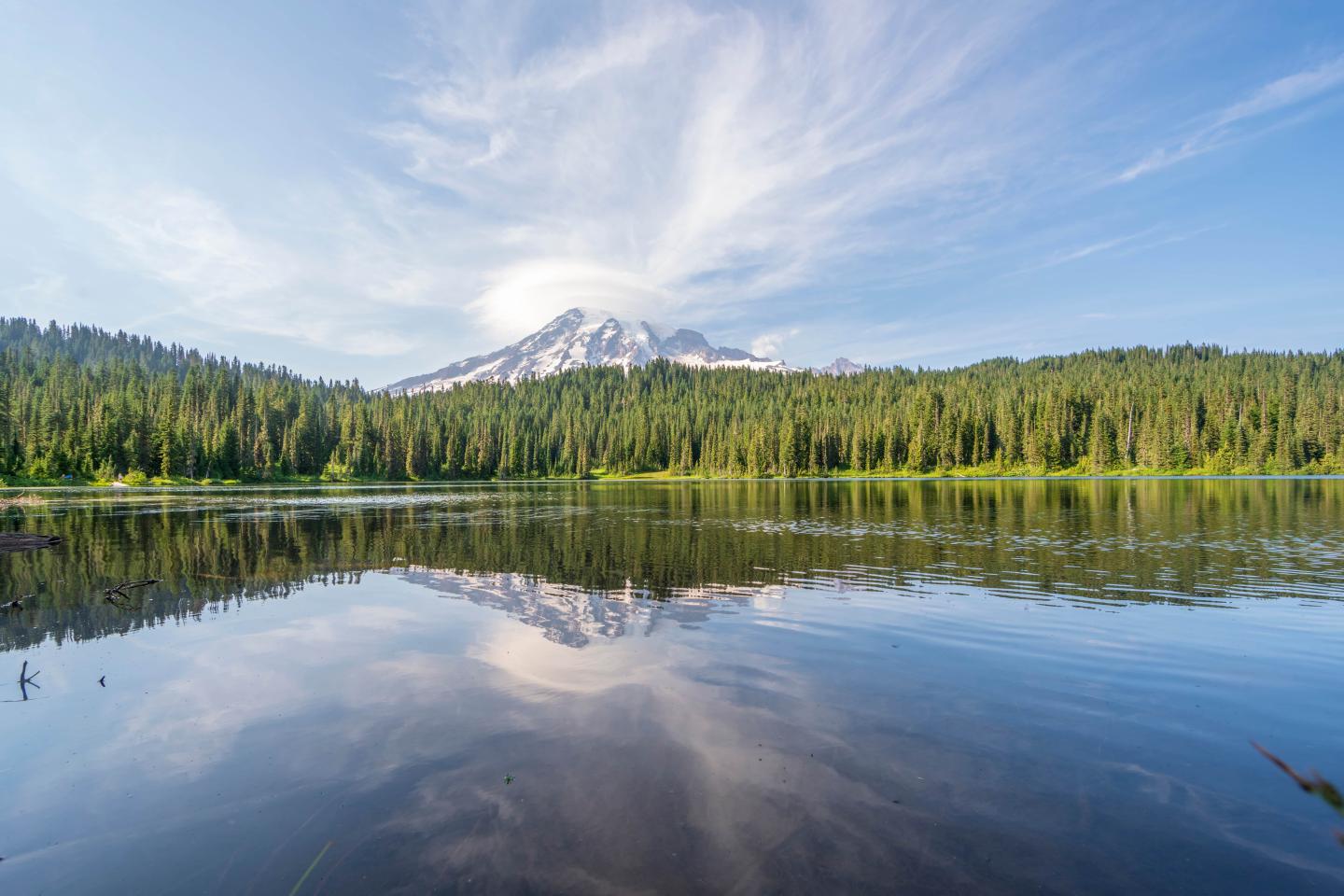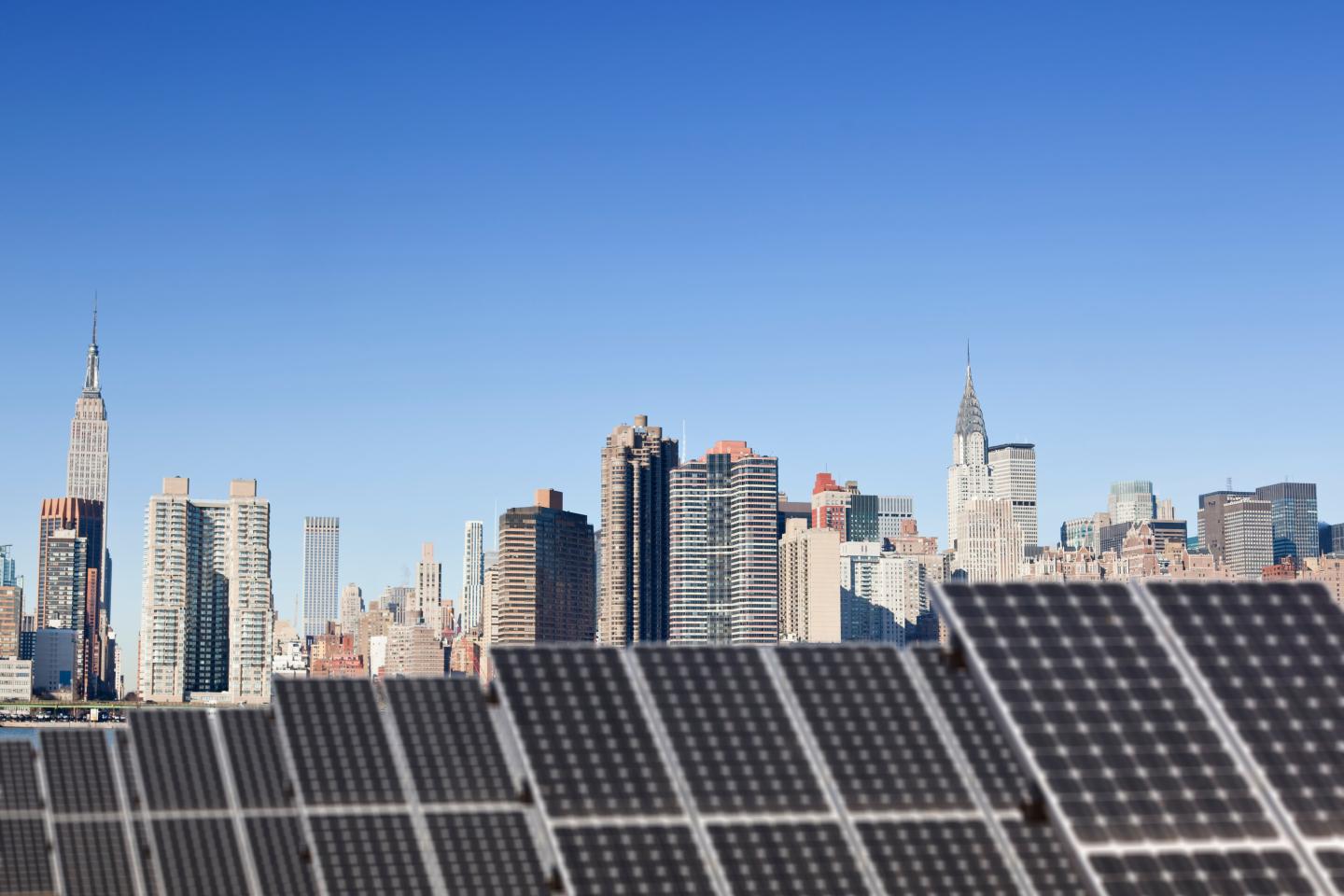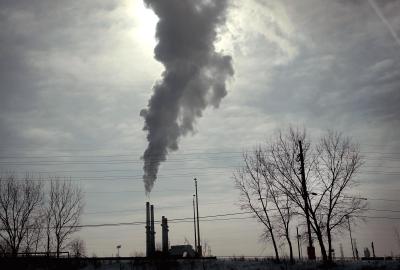Will they? Won’t they? 4 states to watch for climate action in 2024
Last year, state lawmakers in Minnesota and Michigan passed landmark clean energy standards, while other states pushed to accelerate the adoption of electric vehicles, restrict gas in new construction and build battery and other clean technology factories.
2024 is shaping up to be another year of frenzied climate action across the country.
“With the presidential election looming in November, there’s a lot of uncertainty about what federal climate policy is going to look like for the next four years,” says Alex DeGolia, director of state legislative and regulatory affairs at Environmental Defense Fund. “At the same time, we’re just six years from 2030, by which the U.S. has committed to cut climate pollution in half. States need to make the most of federal money in the Inflation Reduction Act while it’s still guaranteed, to charge ahead.”
Here are four states with big climate decisions to watch in 2024.
Pennsylvania: RGGI fights on

In 2022, Pennsylvania was prepared to join the 11-state Regional Greenhouse Gas Initiative, a program that slashes climate pollution from power plants by setting limits on pollution and investing the proceeds in energy efficiency efforts, renewable energy development and climate change adaptation. It would have been the biggest polluting state to join the initiative, which has helped cut carbon pollution from the region’s power plants in half since its launch in 2009.
For Pennsylvania, participating in RGGI would cut carbon pollution by roughly 188 million tons over the next 10 years, and save more than 630 lives thanks to cleaner air. Unfortunately, Pennsylvania hasn’t been able to begin implementing the RGGI program because of legal challenges. In November, the Pennsylvania Commonwealth court ruled against participation in the program in two related cases. At the heart of the legal battle is whether RGGI amounts to a fee or a tax. The governor has the authority to impose fees, but taxes must be approved by the state legislature.
Watch: Gov. Josh Shapiro has appealed the decisions, and this year, the Pennsylvania Supreme Court is likely to finally decide the fate of RGGI in the state.
Washington: Playing defense and offense

Washington state has the most ambitious climate program in the country, with a firm, declining limit on climate pollution across the state’s economy and a cap-and-invest program to drive down emissions. In its first year, the cap-and-invest program raised over $1.8 billion in revenue to be reinvested in clean energy development and climate change mitigation efforts.
But where the program goes next hangs in the balance.
Well-funded opponents of the law are leading a campaign to overturn it, while the state’s Department of Ecology is working to strengthen it.
In late 2023, Washington announced it would pursue linking its program with the California-Quebec carbon market. This expanded linked market could drive faster cuts in climate pollution and support a more stable, predictable market for all the participants. To get the ball rolling, the state legislature is considering amending the Climate Commitment Act to more closely align the program with that of California.
Even as the legislature endeavors to do so, conservative lawmakers in the state are attempting to weaken or do away with the program altogether, which would be a huge step backwards.
Watch: There’s a good chance that voters will have the final say on a ballot measure come November.
New York: Pathfinder

In December 2023, Gov. Kathy Hochul’s administration unveiled a framework for a new program that would slash climate pollution and invest in New York communities. The program would establish a firm, declining cap on emissions across major sectors of New York’s economy.
The policy would require polluters to pay for every ton of emissions. Revenues generated will be reinvested in New York communities to accelerate an equitable clean energy transition, protect communities from air pollution and natural disasters, reduce energy costs and more. At least 35% of the benefits of these investments must be directed to communities overburdened by pollution and most vulnerable to climate impacts.
While details of the program are still under development, several aspects would be groundbreaking, such as the extent of emitters covered and the use of revenues to directly support energy affordability for households and small businesses. In addition, the proposal could include key protections for vulnerable communities, such as caps on specific local pollution sources, like power plants, to ensure that pollution reductions happen where they’re needed most.
Watch: New York is on the cusp of approving a program that would be truly nation-leading. A final rule with details ironed out is expected sometime in 2024.
Colorado: Turning laws into action

In 2019, Colorado became the first state in the U.S. to put into law both short- and long-term goals for cutting climate pollution. Last year, Colorado strengthened the law, which now requires cutting emissions 26% below 2005 levels by 2025, 50% by 2030 and 100% by 2050. Despite these groundbreaking laws, and Colorado’s embrace of renewable energy, new analysis shows that Colorado is far off track from meeting its short-term climate goals.
“Colorado has the right targets,” says EDF’s DeGolia. “What we’re missing is a regulatory program that puts firm limits on pollution and transforms good intentions into meaningful progress at the pace and scale we need.”
Watch: As Colorado approaches the deadline to achieve its 2025 target with no proposed solutions to do so, and time to close the gap to achieve its 2030 target dwindling, will the state’s regulators consider additional policies to close that gap to put the state on-track to comply with its landmark climate law?


